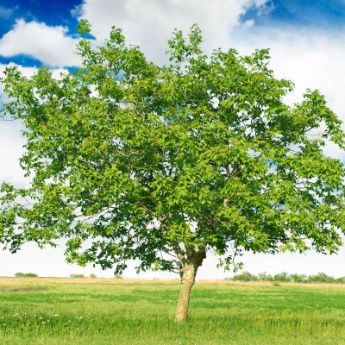Desert Garden Preparation
Desert gardening is a terrific idea for all sorts of landscape structures including your house garden. When it comes to the species choice for desert garden, the alternatives are endless to get every possible combination for spectacular landscape.
https://www.gardendesign.com/desert/plants-books.html
You need some details on desert garden preparation. You transferred to the Sun Belt and bought some land in the desert and now you're ready to garden. You stand near your brand-new house and examine your potential garden and, in your mind's eye, you see fruit trees, rows of beans and carrots, and green plants teeming with ripe tomatoes instead of the mesquite, creosote, and cactus that are waiting to be gotten rid of.
As a garden enthusiast, you know that the majority of the work in starting a new garden is getting the soil conditioned and all set for planting. For desert garden preparation, this will generally include digging out deep-rooted mesquites and creosotes along with cacti with spines that would make a porcupine envious and after that modifying your desert soil with organic material.
We started our desert vegetable garden with some mechanical assistance in the form of a small utilized backhoe, a Terramite TC5. Using this maker, getting rid of the mesquites and other strongly established natives was achieved in a good day's digging for a 20' x 40' (about 6m x 12m) garden. There are a range of great makers readily available and numerous can be rented every day or tachometer hour.
Desert Gardening and Landscaping
The desert shrubs are understood for vivid coloring, simple planting and caring requirements, and green environment in the garden premises. There are shrubs that grow in desert regions that are not the common desert plants. The viburnum shrub is excellent addition in the desert garden landscape area.
One of the most stunning desert plants is the Succulent types is the Delosperma or Iceplant with its glimmering flowers. Creeping sedums are mostly evergreen plants while the taller growing garden sedums act more as perennials.
The Yucca types and cultivars in The United States and Canada remain in the growth range of USDA Strength Zone of 4-10. These types are extremely valued for unique appearance, extending vibrant plant life, and vertically stalked flowers, boasting over severe climate condition. Yucca plants can make it through drought and high temperature conditions to keep long years of survival. Yucca Color Guard is a more recent yucca cultivar that is smaller in size and ideal for little lawns.

Defined with sword-shaped leaves and sharp pointers, the leaves of Yucca types are very interesting and vary from one to another in regards to margin colors. There are curly margins of the leaf filaments. The color of the margins in Variegata is white, Intense edge and Goden edge is yellow and so on. The golden sword has leaves with lovely yellow centers. The flowers of the Yucca types are recognized by bell shaped look having lighter shades of creamy white to light yellow.
Beginning with the economical techniques is a terrific idea for a trial duration. Succulent plants are terrific for cultivating in small pots. The winters are very vital for your garden desert plant species with demanding effects. During this duration, the plants require waterproof covering to prevent contact with direct snowfall. With basic care measures you can avoid adversities and protect your existing desert garden plants.
External Links :
desert gardening book
No comments:
Post a Comment